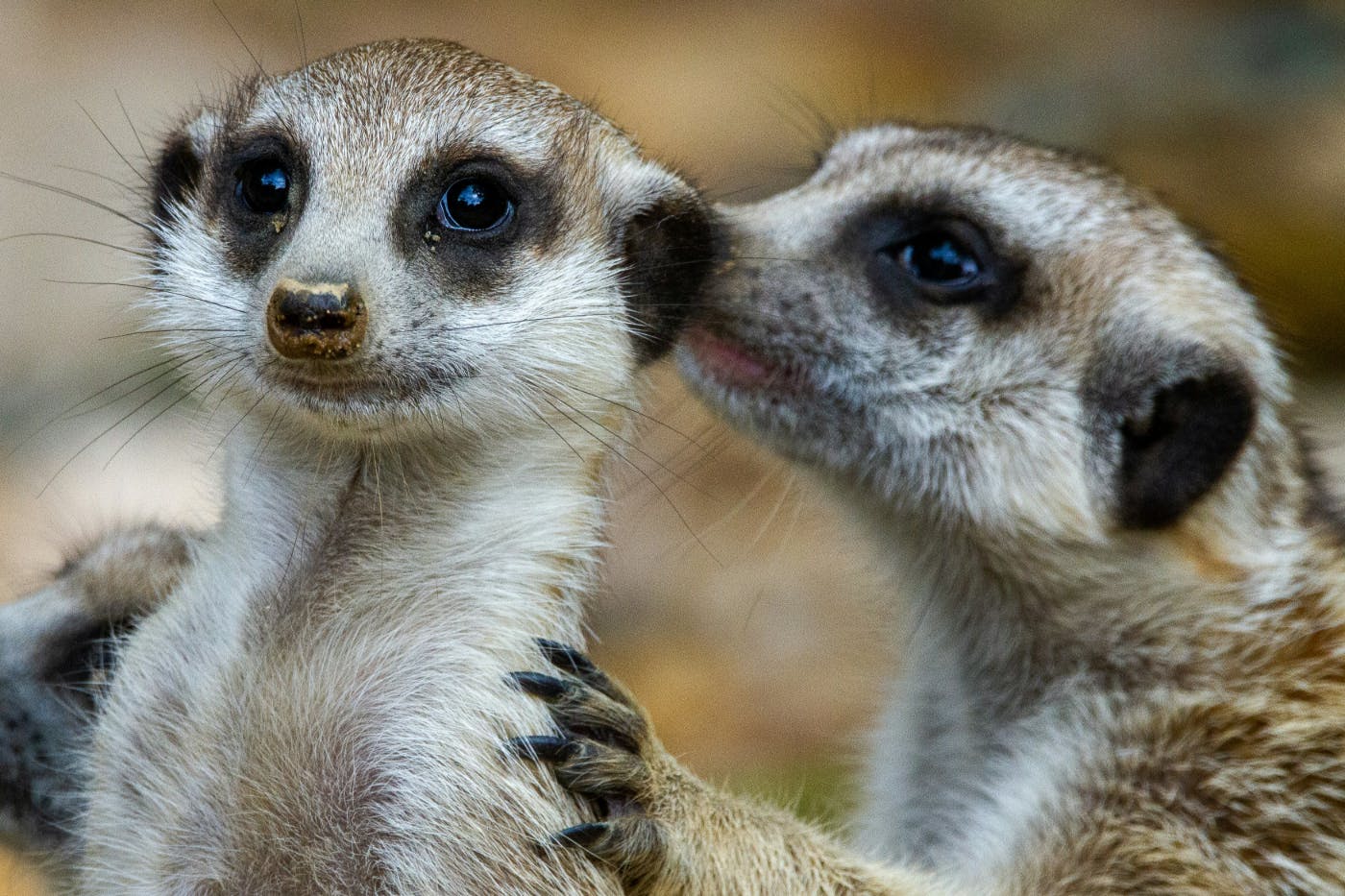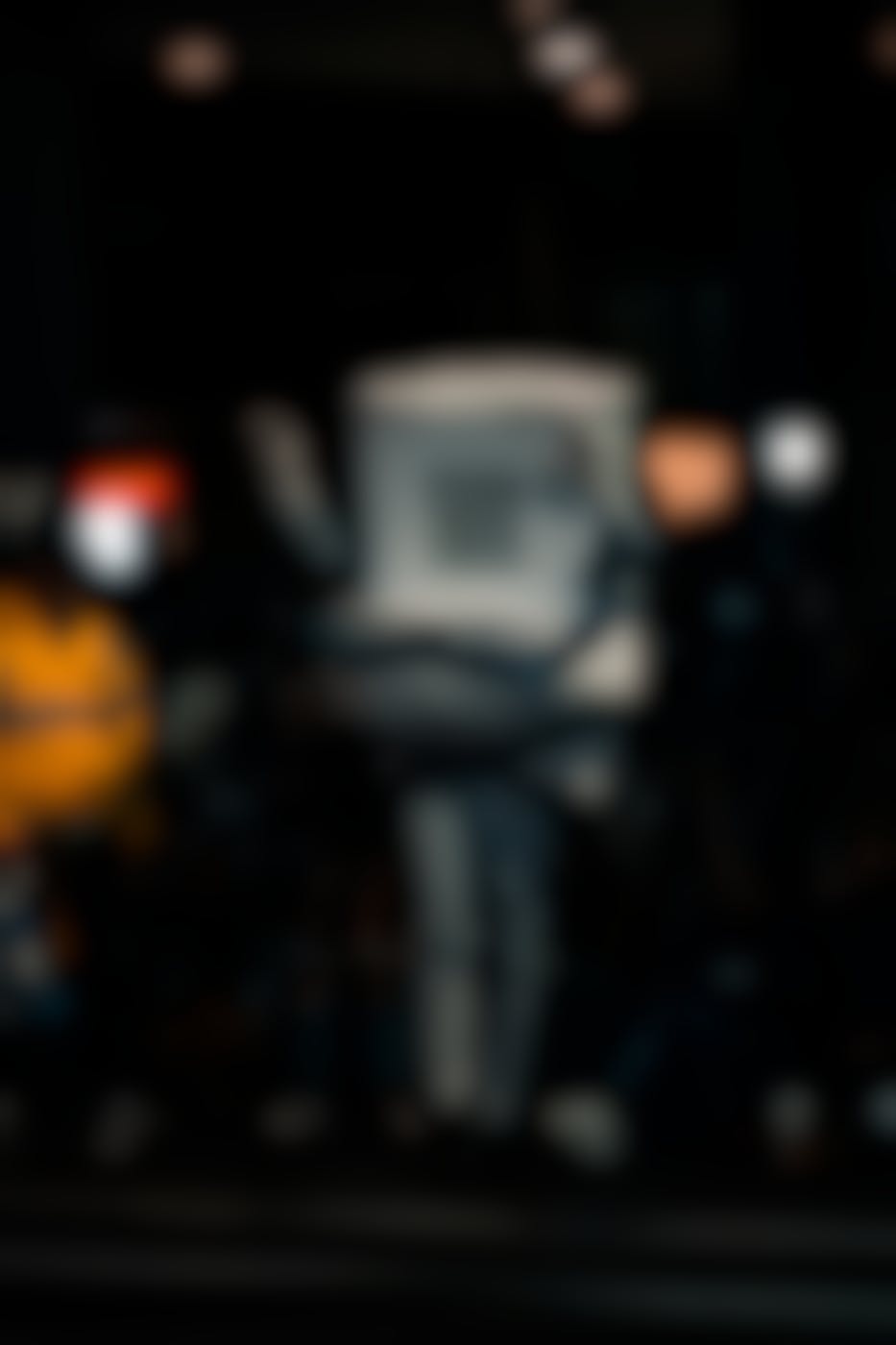

But mascots and brand characters ask us to suspend disbelief all the time. From a mischievous green owl that guilt-trips you into finishing your language streak, to candy-coated personalities bouncing across your social feeds, these characters have jumped off the shelves and into our digital lives.
I recall, when I was young, thinking the woman in the commercial—standing in her kitchen with a large bald man with an earring—seemed… strange. He was a very particular-looking man, and she seemed alone in the house, maybe a kid or two napping, but here she was, casually chatting with this odd, almost transparent man. I liked to imagine her husband coming home for lunch and catching her with him.
“Who’s this guy?” he’d ask.<br /> “This? Why, this is Mr. Clean,” she’d reply.<br /> “Great,” he’d say, “so at least I’m safe from STDs.”
Then, of course, the husband and Mr. Clean would get into a huge fight—but the husband’s punches would pass right through, Mr. Clean being, well… a cartoon.
I was a kid, of course. My mind wasn’t fully developed. Hopefully, that happens eventually.
But mascots and brand characters ask us to suspend disbelief all the time. From a mischievous green owl that guilt-trips you into finishing your language streak, to candy-coated personalities bouncing across your social feeds, these characters have jumped off the shelves and into our digital lives. Some make us laugh. Some make us pause and wonder what kind of person actually approves this copy. And some… hover in the uncanny valley of chaotic genius.
Take the Duolingo Owl. It’s not just an app mascot—it’s a tiny, relentless, passive-aggressive enforcer of your procrastination guilt. Or the M&Ms—sure, they’ve been around for decades, but they’ve somehow learned to meme themselves into our feeds in ways that feel both organic and slightly terrifying. And Slim Jim… bless the bizarre chaos that brand embodies. One moment you’re laughing at a weird stunt, the next you’re asking yourself existential questions about beef jerky and masculinity.
These characters are more than marketing—they’re cultural touchpoints, community builders, and accelerators of digital conversation. And while some of their chaos looks random, there’s almost always method behind the madness.
In this blog, we’ll trace the evolution of brand characters—from the golden age of mascots to the meme-powered chaos of today—exploring the fine line between calculated genius and pure digital anarchy. Along the way, we’ll uncover what makes a character not just memorable, but ecosystem‑ready in the modern brand landscape.
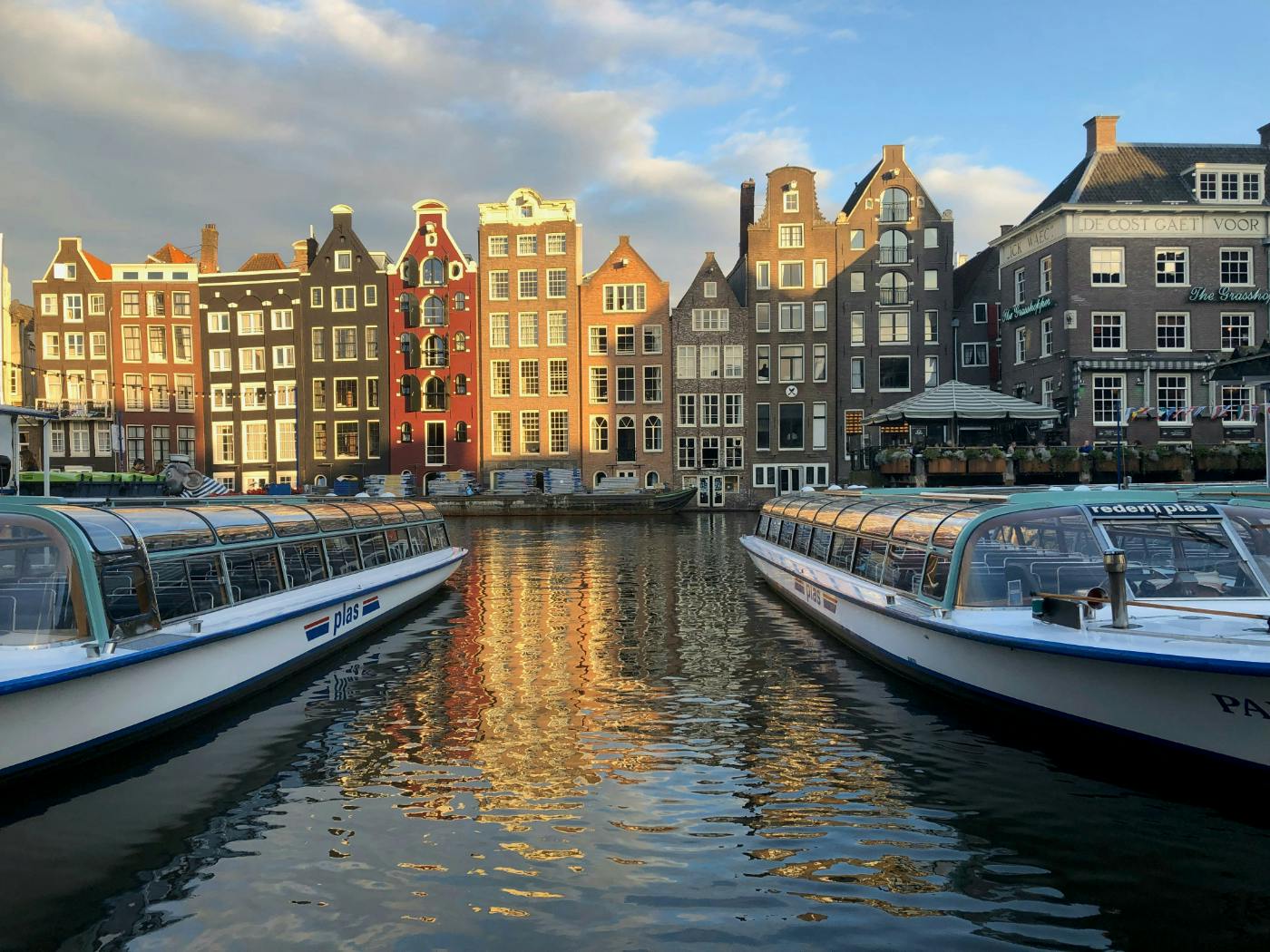
The Golden Age of Mascots
Before brand characters became meme machines or social media overlords, they were the friendly, reassuring faces of the consumer world—the mascots we could trust to guide us through the aisles, the cereal boxes, or the household cleaning aisle without judgment. Tony the Tiger wasn’t tweeting insults at you; he was roaring about the virtues of Frosted Flakes while simultaneously giving moms a gentle nod that breakfast was covered. The Pillsbury Doughboy didn’t haunt your nightmares; he giggled at your baking attempts, an embodiment of safe, approachable delight.
These mascots had a job: make a brand human, relatable, and consistent. They were carefully designed ambassadors—anchoring the brand in people’s minds, creating trust, and, yes, selling products. Every smile, every gesture, every signature phrase was calculated. But unlike today’s chaotic digital mascots, these characters moved at a predictable, slow, comforting pace. They didn’t tweet at 2 a.m. or troll competitors; they existed in a gentle, controlled bubble of brand messaging.
It’s worth noting how influential these early characters were in shaping the broader brand ecosystem—even if marketers at the time weren’t calling it that. Each mascot functioned as a hub for brand recognition and loyalty. Tony the Tiger wasn’t just selling cereal; he was building an emotional ecosystem where kids associated excitement, energy, and even friendship with the brand. The Pillsbury Doughboy made baking approachable and fun, nudging consumers into routines that reinforced product use. These mascots didn’t just advertise; they planted the seeds for what we’d now call brand ecology, long before anyone had a name for it.
And let’s be honest, part of the charm of these golden-age mascots was the weirdness factor. The Doughboy was a tiny, floury dude giggling every time you poked him. Mr. Clean was a bald, impossibly shiny man flexing biceps that made every other ad seem… well, inadequate. The early mascots were safe weird—like that uncle who shows up to Thanksgiving wearing socks with sandals—but in a way that made you like them. They invited imagination without breaking the rules of reality.
The golden age of mascots was a period of careful creativity: characters designed to connect emotionally, sell consistently, and stay memorable over decades. These mascots laid the groundwork for today’s chaotic, meme-ready personalities, proving that a well-crafted character can anchor a brand’s presence—and even shape the ecosystem around it—for years to come.
Enter the Digital Playground
Then came the internet, and everything changed. Suddenly, brand characters weren’t just posters on cereal boxes or vinyl dolls on store shelves—they were living, tweeting, GIF-ing entities with the power to pop up in your feed at 2 a.m., shame you for missing your language streak, or inspire a full-blown meme war. The rules of engagement had shifted, and mascots had to evolve or risk irrelevance.
Enter the digital playground: a wild, unmoderated space where attention is currency and humor is survival. Brands realized that a static, friendly mascot wasn’t enough anymore. If you wanted your character to thrive, you had to make it interactive, shareable, and—most importantly—relatable in real time. Suddenly, Tony the Tiger could no longer just roar about Frosted Flakes; he needed to exist on Instagram, perhaps posting a gym selfie or a cheeky GIF about Monday mornings. The Pillsbury Doughboy might have to respond to a user’s tweet about failed baking attempts with a perfect blend of empathy and sass.
Some early experiments were deliberate, some accidental. The Old Spice Guy became a cultural phenomenon, his absurd charm and rapid-fire monologues taking over YouTube. Taco Bell’s Chihuahua captured hearts (and faces) for a brief but glorious moment. These characters weren’t just mascots—they were agents of cultural conversation, tools for engagement, and occasionally, uncontrollable viral juggernauts. Brands had to learn fast: the digital playground rewards agility, humor, and the willingness to let your character take a few risks.
The playground also brought a new dynamic: audience co-creation. Unlike the golden-age mascots, today’s characters are influenced by memes, user-generated content, and fan interpretations. The brand no longer has full control; the audience can remix, parody, or elevate the character in ways marketers might never have imagined. This unpredictability is both exhilarating and terrifying, but it’s precisely what makes modern brand characters ecosystem powerhouses. They don’t just exist—they participate in culture, in conversation, in the emotional lives of the audience.
Brands that embraced the digital playground reaped rewards beyond simple advertising: they earned attention, built loyalty, and established an emotional foothold in spaces where traditional campaigns rarely reach. The playground demanded agility, creativity, and personality—and those who adapted redefined what a mascot could be.
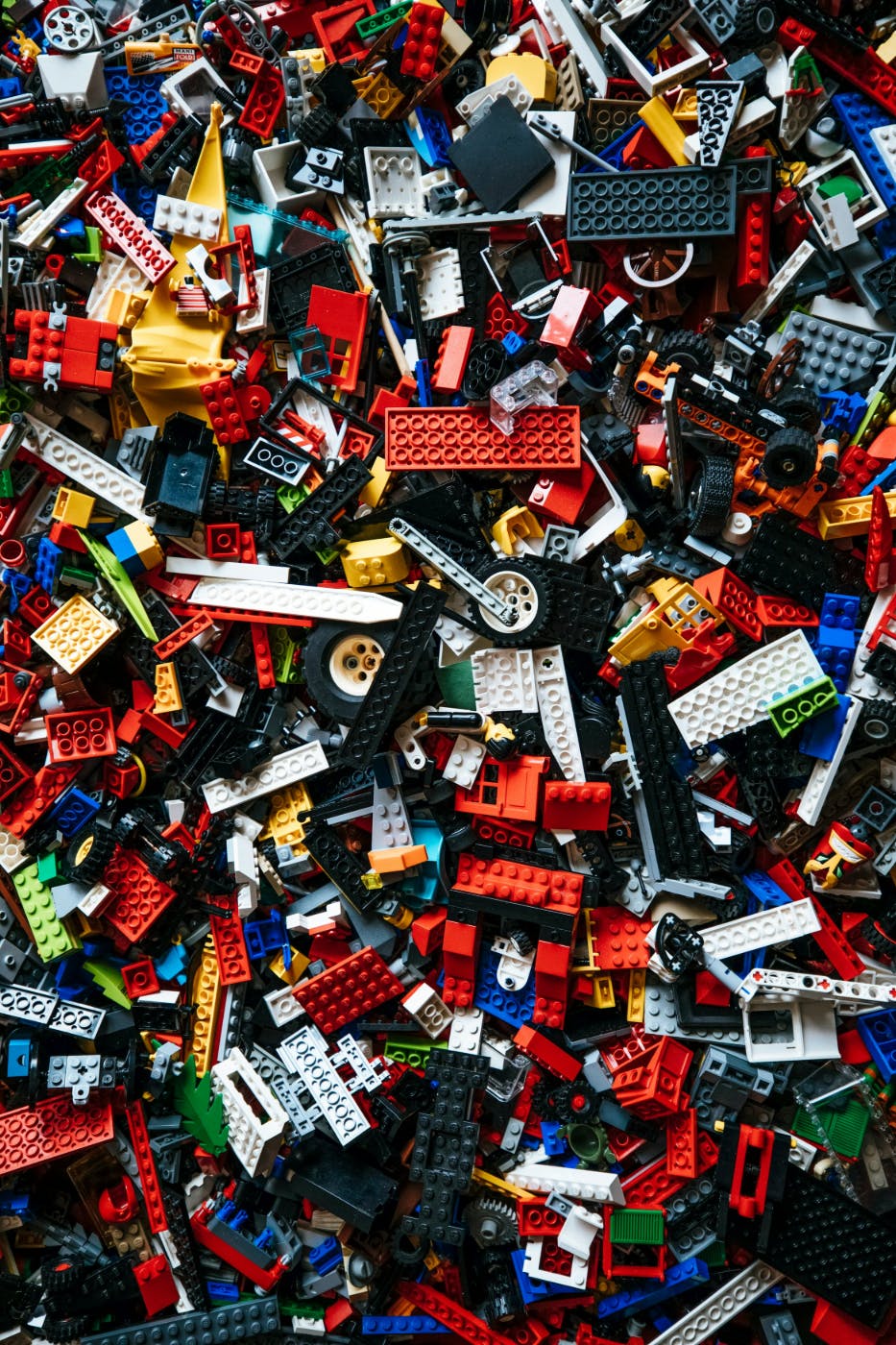
Meme‑ification: The Rise of Chaotic Energy
If the digital playground was a polite tea party, meme‑ification is a mosh pit. Brand characters went from controlled, predictable personalities to chaotic, unpredictable, and occasionally terrifying entities that live in the part of the internet where humor is dark, absurd, and infinitely remixable. Think of the Duolingo Owl: it’s not just passive‑aggressive—it’s aggressively passive, lurking in your notifications like a tiny green stalker judging your life choices. Missing a lesson? Expect guilt, shame, and a meme-ready image to haunt your dreams.
Then there’s the M&Ms. Red, Yellow, Green, and Blue have been around for decades, but in the digital age, they’ve become more than candy—they’ve become culture. They appear in GIFs, TikToks, and viral memes, sometimes doing things so absurd you wonder how anyone signed off on it. And Slim Jim… well, Slim Jim occupies that special corner of chaos marketing where you’re laughing, slightly horrified, and oddly compelled to buy a stick of beef jerky. It’s a form of brand bravado that straddles the line between “I can’t believe this exists” and “I kind of love it anyway.”
What’s fascinating is how much of this chaos is strategically engineered. The Duolingo Owl’s existential passive aggression? That’s a carefully considered tone of voice. The M&Ms’ playful absurdity? That’s a decades-long exercise in anthropomorphized storytelling. Even Slim Jim’s bizarre stunts have been crafted to amplify brand personality in ways that traditional advertising could never achieve. The genius is in making the character feel like it’s letting the culture lead, while still tightly controlling the underlying brand narrative.
And yet, there’s always an element of unpredictability. Memes, by nature, are co‑created by audiences. A character can be remixed, parodied, or elevated in ways that no brand could fully anticipate. This unpredictability is the chaotic energy we’ve come to love—and fear. It’s a high-wire act: lean too hard into chaos, and you alienate audiences; stay too safe, and you vanish into digital obscurity.
The most successful meme‑ified brand characters embrace the tension. They are agile, culturally aware, and willing to flirt with absurdity. They don’t just sit on the brand shelf; they dance in the feeds, poke fun at themselves, and invite participation. And in doing so, they extend the brand’s ecosystem in ways traditional mascots never could. A single viral post can spawn a thousand micro‑interactions, each one reinforcing personality, familiarity, and loyalty.
The rise of chaotic energy isn’t a breakdown—it’s evolution. Brand characters have leveled up from friendly, static mascots to dynamic, meme-ready cultural nodes, operating at the edge of calculated genius and delightful absurdity. For brands willing to lean into the chaos with intention, these characters don’t just entertain—they become lasting cultural touchpoints, driving engagement, loyalty, and a presence that stretches far beyond a single campaign.
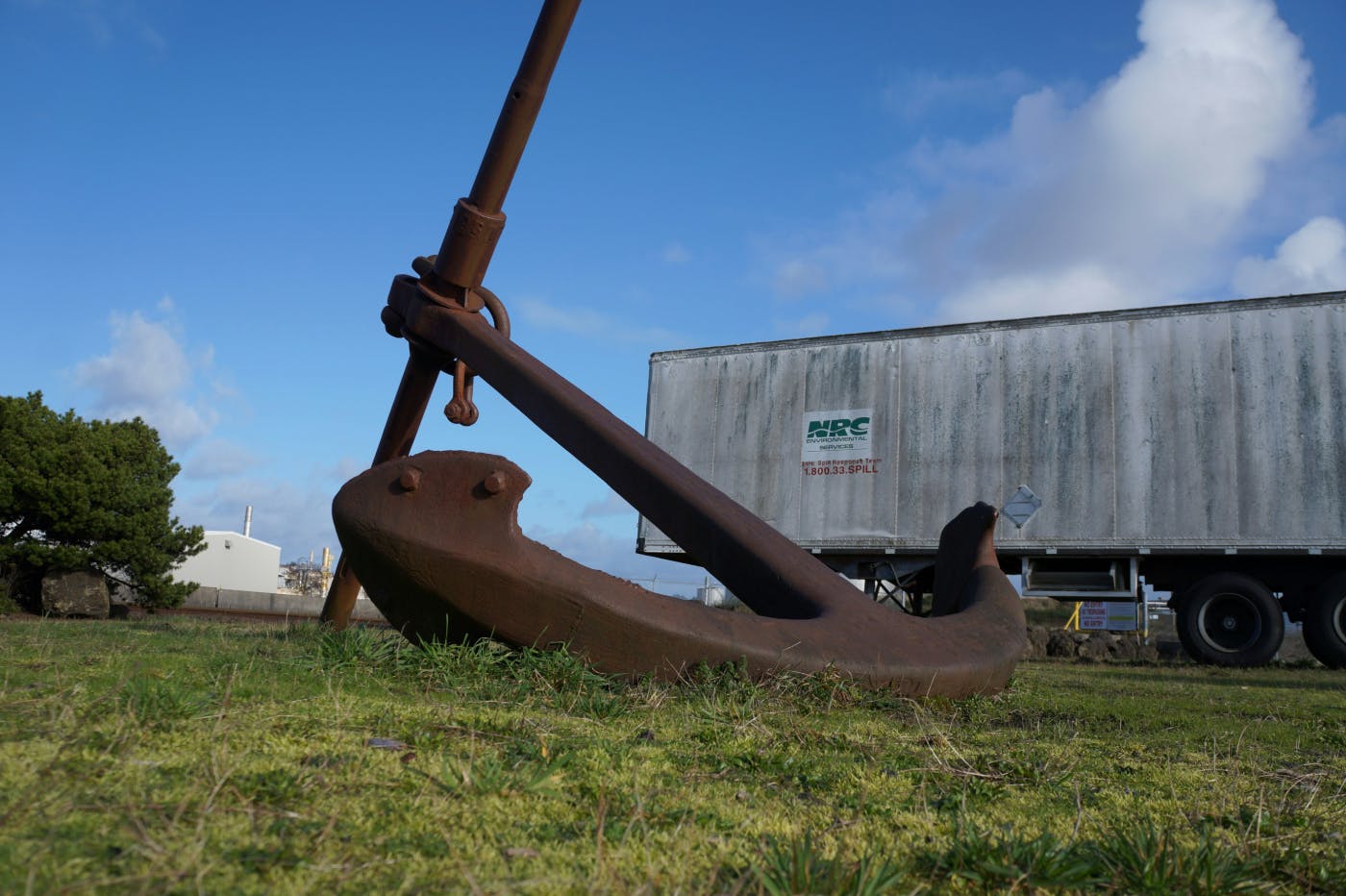
Brand Characters as Community Anchors
Brand characters aren’t just clever marketing stunts—they’re the connective tissue of modern brand ecosystems. In the chaotic, meme‑driven digital landscape, characters that spark conversation, inspire memes, or make users double‑tap can also cultivate loyal communities. The Duolingo Owl doesn’t just guilt you into language practice; it becomes a shared cultural experience. Missing a streak? Someone, somewhere, has already made a meme about it. You’re not just interacting with the app—you’re participating in a collective joke, a micro-community of procrastinating polyglots who secretly love being roasted by a tiny green bird.
The M&Ms are another great example. Beyond selling candy, these colorful personalities anchor a playful network of interactions online. People tag friends, remix content, and embed the characters in humor that feels organic yet unmistakably tied to the brand. Each post, share, or comment reinforces a sense of belonging. Consumers aren’t just buying chocolate—they’re joining a cultural conversation that has its own rhythm, its own rules, and its own inside jokes.
Even Slim Jim, with all its absurdity, operates as a community catalyst. The brand doesn’t just post content—it invites participation, stunts, and sometimes mild chaos. Fans engage because the brand personality is alive and unpredictable. It’s a shared experience that extends beyond product utility into culture itself.
What all these examples reveal is that modern brand characters function less like static mascots and more like community anchors. They provide a recognizable persona around which conversations, social rituals, and cultural interactions orbit. They generate energy that radiates across platforms, nudging audiences to engage, remix, or react—and in doing so, deepen the emotional resonance of the brand.
And here’s the subtle brilliance: this approach mirrors what we now recognize as brand ecology. Characters are nodes in a living network, influencing and being influenced by audiences, conversations, and cultural trends. They’re not isolated ads; they’re participants in an ecosystem where each interaction strengthens the brand’s presence and relevance. The best characters don’t just live in the ecosystem—they help shape it, building communities that extend far beyond a product or campaign.
By leaning into personality, participation, and cultural awareness, brands transform their characters from mere mascots into dynamic community anchors, turning fleeting attention into lasting engagement. In today’s digital landscape, that’s not just clever—it’s essential.
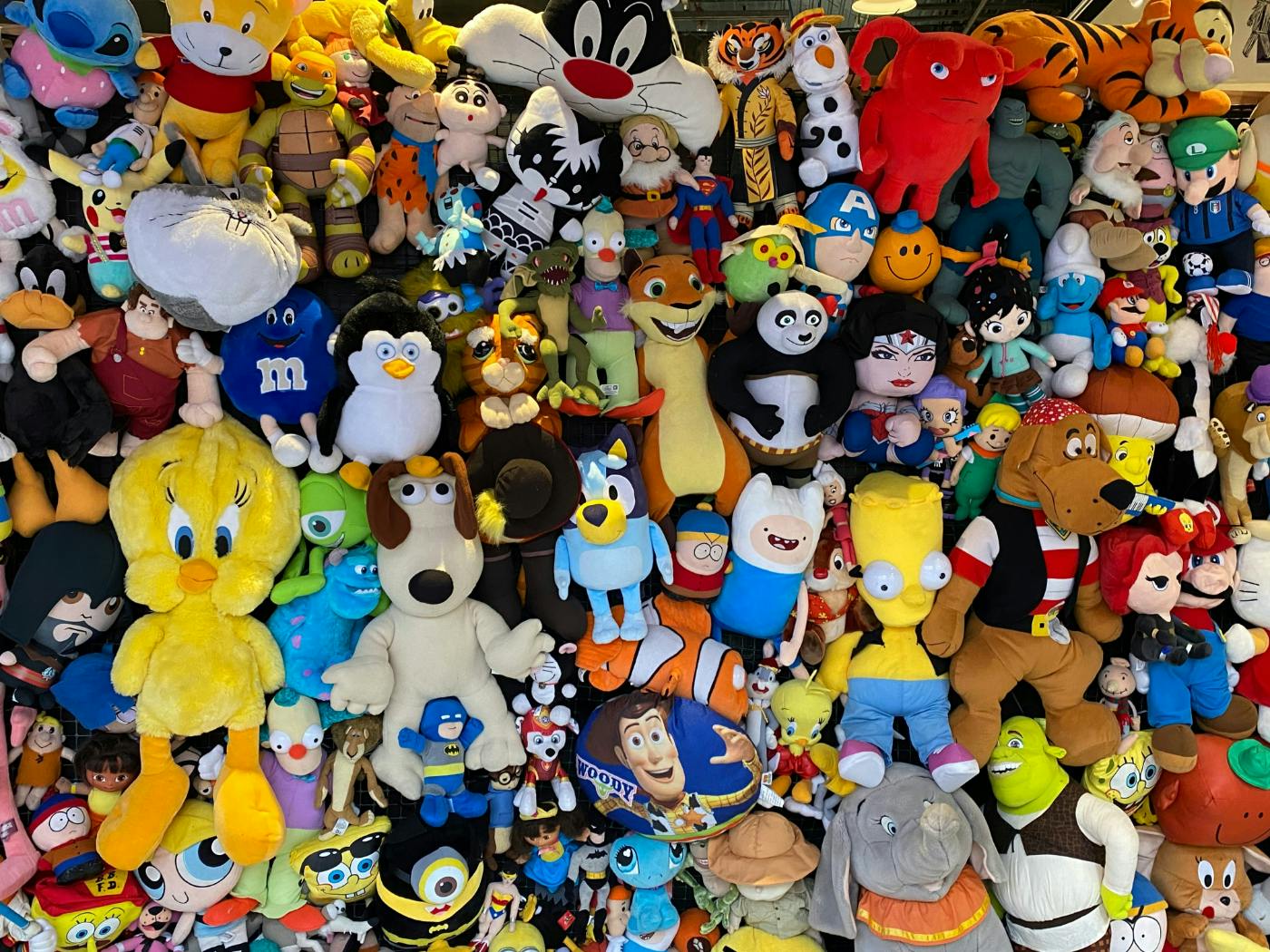
Lessons for Brands—Designing Characters for the Modern Era
If you’ve read this far, you might be thinking: “Cool stories, but how do I actually make a character that doesn’t end up as a forgotten mascot or a cringe meme?” Fear not. The evolution of brand characters—from Tony the Tiger to the Duolingo Owl—offers a roadmap, if you’re willing to pay attention to both chaos and strategy.
1. Personality First, Product Second<br /> Modern characters succeed when they have a distinct personality that audiences can recognize, relate to, or even roast. They’re not just vehicles for marketing—they’re mini-celebrities with quirks, moods, and sometimes, a questionable sense of humor. Think of the Duolingo Owl: it could have been just a cute green bird, but its passive-aggressive streak makes it unforgettable. Personality creates emotional stakes, which makes the brand itself stickier.
2. Embrace Co‑Creation<br /> The internet is a co-author, whether brands like it or not. Memes, GIFs, and user-generated content aren’t just noise—they’re free amplification. Successful characters leave space for audiences to participate, remix, and share. The M&Ms don’t just appear in ads—they live in TikToks, Twitter threads, and fan edits, giving people a reason to keep engaging. Your character doesn’t have to be a passive puppet; it can be a cultural collaborator.
3. Balance Chaos with Control<br /> This is the tightrope. Too tame, and your character is forgettable; too chaotic, and it’s a PR nightmare waiting to happen. Slim Jim walks this line brilliantly: outrageous, yes, but always within a recognizable brand frame. The key is to design guidelines that allow flexibility—voice, tone, and personality rules—so chaos works for you, not against you.
4. Think Ecosystem, Not Campaign<br /> Characters aren’t just part of one ad; they’re nodes in a living, breathing ecosystem. Each interaction—tweet, meme, sticker, or post—feeds back into the brand’s presence. By designing characters with ecosystem thinking in mind, you ensure that every engagement, joke, or viral moment reinforces your brand’s identity. This is subtle brand ecology in action: characters extend the brand’s influence beyond transactions and into culture.
5. Keep Humans in the Loop<br /> Even in digital chaos, humans matter. Characters should tap into shared experiences, emotions, and humor. The best characters feel like companions—sometimes irritating, sometimes inspiring—but always human enough that audiences care.
The modern era rewards characters that are bold, agile, and culturally fluent. Mascots of the past laid the groundwork; meme-ready, chaotic characters of today show what’s possible when brands embrace personality, community, and ecosystem thinking. The lesson is clear: design for engagement, allow for chaos, and cultivate a persona that lives and breathes beyond the product itself.
Summing Up: From Mascots to Meme Masters
From Tony the Tiger’s wholesome cheer to the Duolingo Owl’s relentless guilt trips, brand characters have come a long way. They’ve evolved from simple, static mascots into dynamic, meme-ready personalities that live in feeds, spark conversation, and even create communities. Along the way, they’ve taught us a few essential lessons: personality matters more than product, chaos can be strategic, and engagement often outperforms traditional advertising in shaping cultural relevance.
The golden thread through all of this is ecosystem thinking. Today’s characters aren’t just ads—they’re nodes in a larger, living network of interactions, jokes, and shared experiences. Every meme, GIF, or viral post contributes to a brand’s presence, reinforcing identity and community in ways that static campaigns never could. This is where ThoughtLab’s perspective on brand ecology becomes relevant: it’s not just about creating characters—it’s about designing them to thrive in a connected, interactive ecosystem. A well-designed character can amplify influence, strengthen loyalty, and even become a cultural touchstone.
So whether it’s a candy-coated personality bouncing across your feed, a tiny green owl shaming you for procrastinating, or a stick of beef jerky doing something inexplicably chaotic, the key takeaway is clear. The brands that win today are the ones willing to embrace personality, invite participation, and think in networks—not campaigns. They understand that characters are more than mascots; they are community anchors, cultural accelerators, and ecosystem catalysts.
In the end, the evolution from mascots to memes isn’t just a quirk of digital marketing—it’s a blueprint. And for brands looking to leave a lasting imprint in today’s cultural landscape, there’s a lot to learn from the chaos, creativity, and genius embedded in the characters we love, mock, and sometimes fear. ThoughtLab sees these lessons as more than marketing wisdom—they’re a guide to building brands that thrive in an interconnected, always-on world, where the right character can do more than sell; it can shape culture itself.
